Santa Barbara’s biggest, flamenco-dancing, horse-riding, confetti egg-cracking, family-friendly party of the summer is shrinking a bit this year. The 100th-anniversary edition of Fiesta will be short a few elements, including a couple of charros, the traditionally skilled, fabulously dressed, Mexican horsemen. But the event still promises to deliver its famous flair.
There will be plenty of party time happening throughout the city, including opening night’s Fiesta Pequeña at the Mission, Las Noches de Rondas at the Courthouse, and the rodeo at Earl Warren Showgrounds, not to mention the many other non-official events from Paseo Nuevo to the Public Market — and so much of it is still for free.
Carnival Canceled
But the annual festival’s iconic carnival just got the boot. The seaside mercado, which features rides, games, and a variety of food and retail vendors, just didn’t fit in the budget this year, according to Old Spanish Days, the nonprofit organization that oversees most of the big events in the week-long reveling.
“There are a lot of considerations, obviously, going into all of our venues,” said El Presidente Brian Schwabecher. “Fiesta is different every year. The costs are different … it almost starts over at the beginning of every year.”
Costs are up everywhere, he added. Without going into specifics about the event’s budget, he said insurance costs have gone up “precipitously,” and city funds for promotions and permits have been reduced, down from about $103,000 to $80,000 in the past two years.
“There was an allocation of those promo funds to help with the carnival, and it was removed,” he explained. “And again, it made that particular venue more and more difficult and less and less profitable.”
Last year, Old Spanish Days’ total expenses at the carnival, or El Mercado de la Playa, were around $60,500, and the net profit was $7,200.
The carnival was held at Santa Barbara City College for the first time last year, following decades of hosting it at MacKenzie Park (then called El Mercado Del Norte). The festivities ultimately outgrew the old venue, according to Rich Hanna, recreation programs manager for the City of Santa Barbara. The size and scale “just didn’t fit a city park anymore,” he said.
It has long been one of the family-friendly venues featured in Fiesta, which has historically celebrated Santa Barbara’s Spanish history and culture through lively parades, parties with dignitaries, flamenco dancing, food, and folklórico music.
Schwabecher said he tried his best to save the carnival. However, it started to lose steam coming out of the pandemic, with a loss of “nonprofit energy” and interest. Nonprofits historically participated in the mercado for fundraising, usually employing volunteers. However, in recent years, they began partnering more with restaurants.
“When there’s less and less nonprofits participating, it becomes more and more difficult to make the economics work while trying to support them,” he said.
But the cancelation may not be permanent. It could come back next year.
Hanna and Schwabecher both mentioned that the city and Old Spanish Days were having “positive dialogue” regarding the carnival and its potential comeback. But Old Spanish Days ultimately made the decision, somewhat on short notice, not to have the carnival this year.
Hanna also noted that in 2023, Old Spanish Days paid the city $11,269 in permitting fees. This amount did not cover additional expenses such as overnight security for carnival rides or security mandated by the Alcoholic Beverage Control permit for the beer garden.
“I’m a father; I have three kids,” shared Schwabecher. “And our tradition as a family was to go to the Mercado opening every year, right when it opened. So we’re losing that tradition, too. I gave it my all to try to get it done, but it just didn’t work out. I’m hopeful it does come back.”
Performance Problems
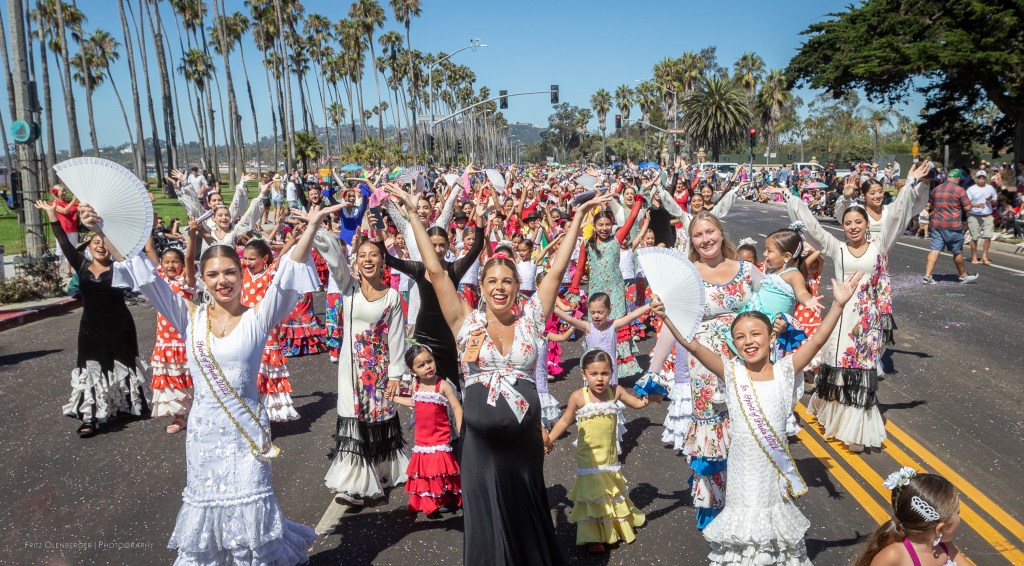
A few less hooves, wagon wheels, and whirls of colorful costumes will float down the parade route on Cabrillo Boulevard — which has come with its own woes, as well.
The new route, which was moved from State Street to Cabrillo in 2022, has proven to be a bit of a logistical headache. Safety is the main concern, particularly because there is no return loop. The parade trots down to the end of Cabrillo, waits there until the parade finishes, and then has to turn around and trot back the same way — a potential problem for herd animals who very much prefer to all be moving in the same direction.
Two charro groups — the name that refers to horsemen from the Mexican countryside — were asked not to come back this year, due to these concerns over safety. Old Spanish Days did not want to “throw anyone under the bus,” but the city asked for these groups not to return after allegedly yelling profanity at city staff, having celebratory drinks on the parade route, and inviting attendees to join them on horseback.
But State Street is now also viewed as too dangerous for parades, especially ones with easily spooked horses in close quarters with large, vulnerable crowds. City Hall and the S.B. Police Department finally decided that the stampede potential was a deal-killer. As of now, no active parades are permitted on State Street, but that may change depending on the outcome of the State Street master plan, said Hanna.
“The decision to move Fiesta from their traditional route on State Street down to Cabrillo Boulevard ultimately came out of COVID, when everything was shut down,” Hanna said. “And right now, the way in which State Street is set up to allow for emergency response, outside of any sort of mass casualty event, makes it very difficult.”
Moving to Cabrillo Boulevard, he said, “inherently brings in some challenges,” but mostly because of the “out-and-back type of parade.” One positive result of moving the parade to Cabrillo is that there is now more seating for the spectators.
“Our goal is to make sure everybody can get down the parade route safely,” he said. “I would say any large-scale parade of this magnitude creates logistical challenges. But we’ve been working with old Spanish Days to improve that year over year.”
So, Fiesta’s El Desfile Histórico (Historical Parade) on Friday and El Desfile de los Niños (Children’s Parade) on Saturday are staying seaside.
Additionally, due to a mixed bag of financial and safety concerns, and some application confusion, this year’s performers are down by about 10 from last year, from 65 to around 55. That includes four fewer wagons and carriages and fewer equine groups, including the two asked not to return.

“We are coordinating with the city much more closely this year than we have in the past with the parade,” Schwabecher said, adding that the city even hired a parade consultant this year to help with the process, as well as additional security services — which took additional funds.
“It’s definitely been a bit more of a stringent process,” he added.
Some performers missed the deadline to apply, partially because of confusion with the new software Old Spanish Days employed this year for accepting applications. “It was a bit of a self-inflicted mess with the new software,” Schwabecher said. “We’re all volunteers; we’re not perfect by any stretch of the imagination.”
Even though the application window officially closed on June 14, the application portal was still open and accepting applications until June 21. Some groups submitted applications late, thinking they were still within the window.
That includes La Boheme, one of the city’s most popular and vivacious dance groups who are, normally, everywhere. Their application was late, as was the case for some very disappointed charro groups, such as Los Caporales, who have participated in Fiesta for many years. Gabriel Contreras, who submitted the group’s application, said he used to submit a paper application and sign up in person. This year, things were different, and he was late.
“We have a tradition — we have been doing this since 1989, maybe ’90s,” Contreras explained. “I feel really sad about it.”
There were some concerns that Hispanic groups were specifically being left out of the parade this year, but El Presidente Schwabecher assured everyone that is not the case.
“From a cultural heritage mission perspective, we are extremely sensitive to being as inclusive as possible,” Schwabecher said. “At the end of the day, we’re having a party and everyone’s invited.”
Packing a Punch
When asked if he was worried about Fiesta not packing as much of a punch as previous years, Schwabecher said, “We’ll have more than enough punch. We lost the carnival; but Old Spanish Days is known for some of our bigger, free venues, including the kickoff on the mission steps and the historical parade.” Even though there will be “a few less horses” in the parade, he said, there will be “no less punch.”
For the tradition’s centurion, the party will be refocused to the popular mercado at De la Guerra Plaza. They are trying to drive the energy downtown, Schwabecher explained. In addition, Wednesday evening’s Fiesta Pequeña at the mission will be “historic and memorable,” he promised.
There will “a lot to do,” to celebrate Fiesta’s 100th anniversary, although Schwabecher said he “can’t spill the beans” on some of the new details. “The spirit of Fiesta is still alive and well,” he added. “Particularly for our very happy anniversary.”
Premier Events
Fri, Jan 09
5:30 PM
Santa Barbara
Intention Setting & Candle Making Workshop
Sun, Jan 11
3:00 PM
Santa Barbara
Mega Babka Bake
Fri, Jan 23
5:00 PM
Santa Barbara
Divine I Am Retreat
Thu, Jan 08
5:30 PM
Santa Barbara
Blueprints of Tomorrow (2026)
Thu, Jan 08
6:00 PM
Isla Vista
Legal Literacy for the Community
Thu, Jan 08
7:30 PM
Santa Barbara
Music Academy: Lark, Roman & Meyer Trio
Fri, Jan 09
8:00 AM
Santa Barbara
Herman’s Hermits’ Peter Noone: A Benefit Concert for Notes For Notes
Fri, Jan 09
6:00 PM
Santa Barbara
Ancestral Materials & Modernism
Fri, Jan 09
6:00 PM
Montecito
Raising Our Light – 1/9 Debris Flow Remembrance
Fri, Jan 09
7:00 PM
Santa Barbara
Barrel Room Sessions ~ Will Breman 1.9.26
Sat, Jan 10
9:00 AM
Santa Barbara
Rose Pruning Day | Mission Historical Park
Sat, Jan 10
7:00 PM
Santa Barbara
Konrad Kono – Live in Concert
Sat, Jan 10
8:00 PM
Santa Barbara
SB Improv: The Great Cornadoes Bake-Off
Fri, Jan 09 5:30 PM
Santa Barbara
Intention Setting & Candle Making Workshop
Sun, Jan 11 3:00 PM
Santa Barbara
Mega Babka Bake
Fri, Jan 23 5:00 PM
Santa Barbara
Divine I Am Retreat
Thu, Jan 08 5:30 PM
Santa Barbara
Blueprints of Tomorrow (2026)
Thu, Jan 08 6:00 PM
Isla Vista
Legal Literacy for the Community
Thu, Jan 08 7:30 PM
Santa Barbara
Music Academy: Lark, Roman & Meyer Trio
Fri, Jan 09 8:00 AM
Santa Barbara
Herman’s Hermits’ Peter Noone: A Benefit Concert for Notes For Notes
Fri, Jan 09 6:00 PM
Santa Barbara
Ancestral Materials & Modernism
Fri, Jan 09 6:00 PM
Montecito
Raising Our Light – 1/9 Debris Flow Remembrance
Fri, Jan 09 7:00 PM
Santa Barbara
Barrel Room Sessions ~ Will Breman 1.9.26
Sat, Jan 10 9:00 AM
Santa Barbara
Rose Pruning Day | Mission Historical Park
Sat, Jan 10 7:00 PM
Santa Barbara
Konrad Kono – Live in Concert
Sat, Jan 10 8:00 PM
Santa Barbara


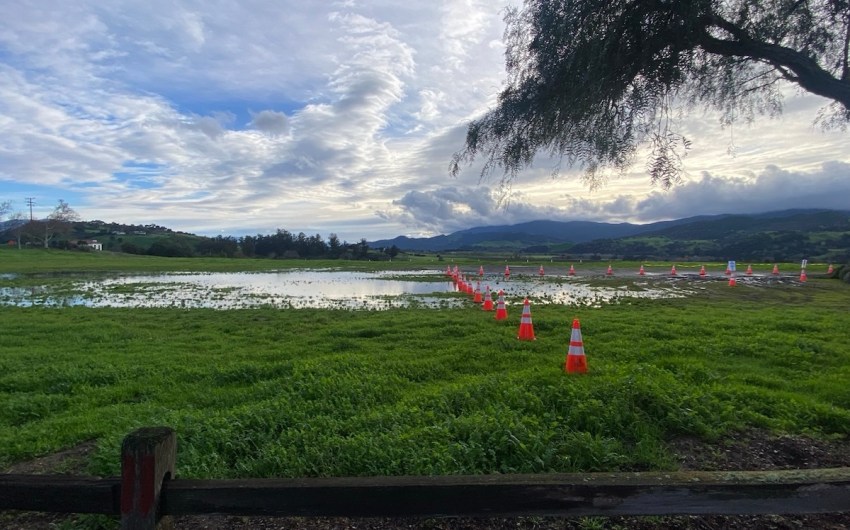


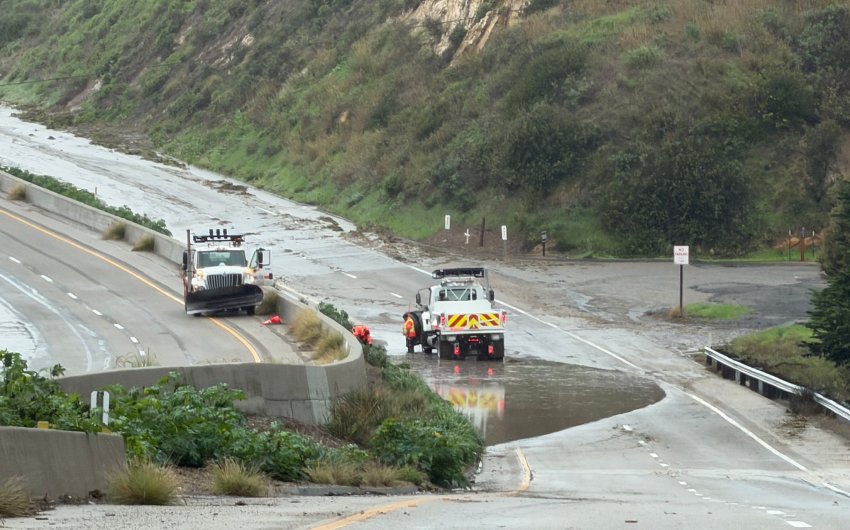
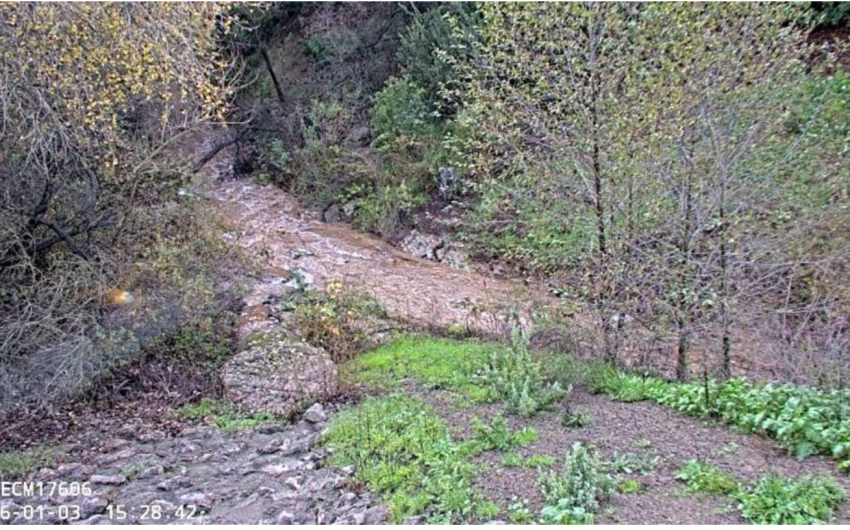
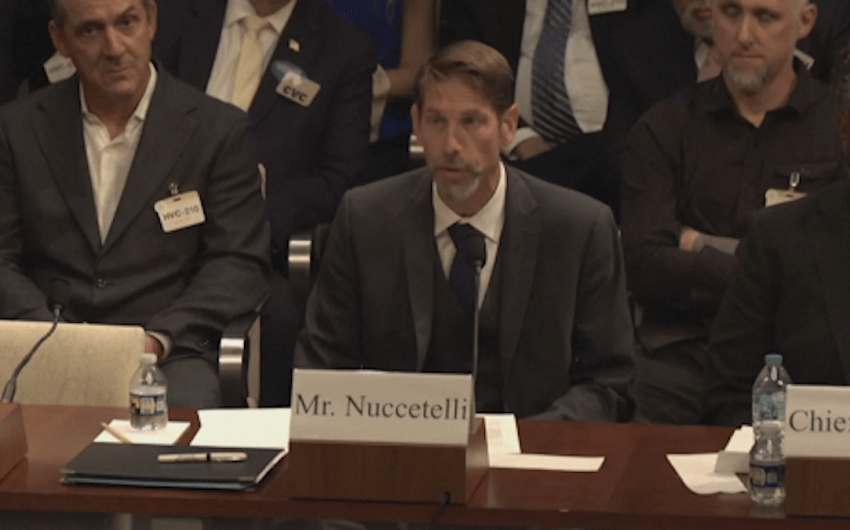
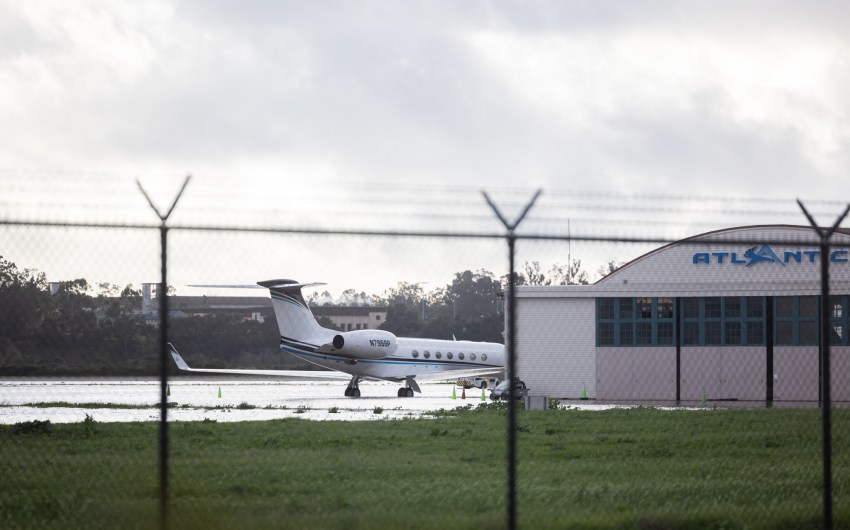
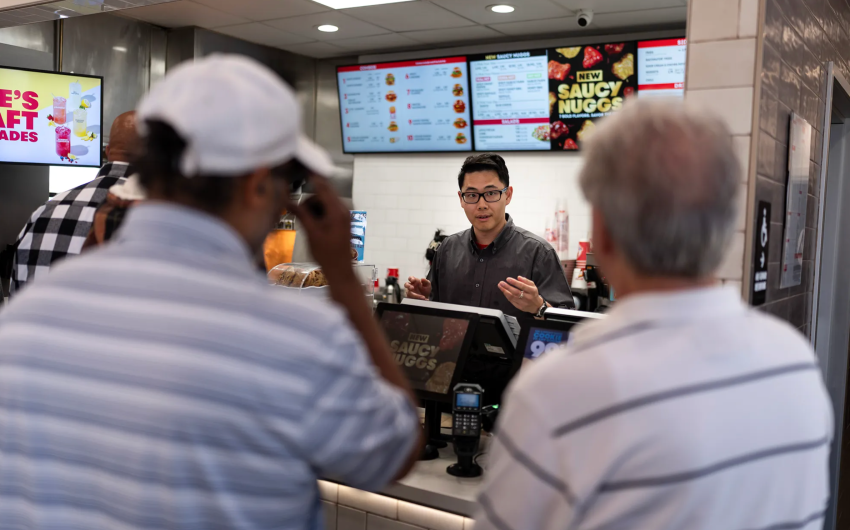
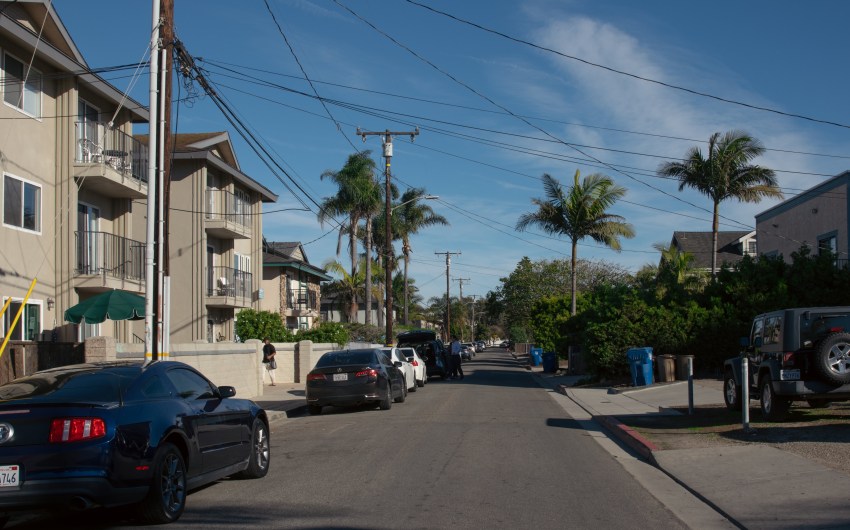
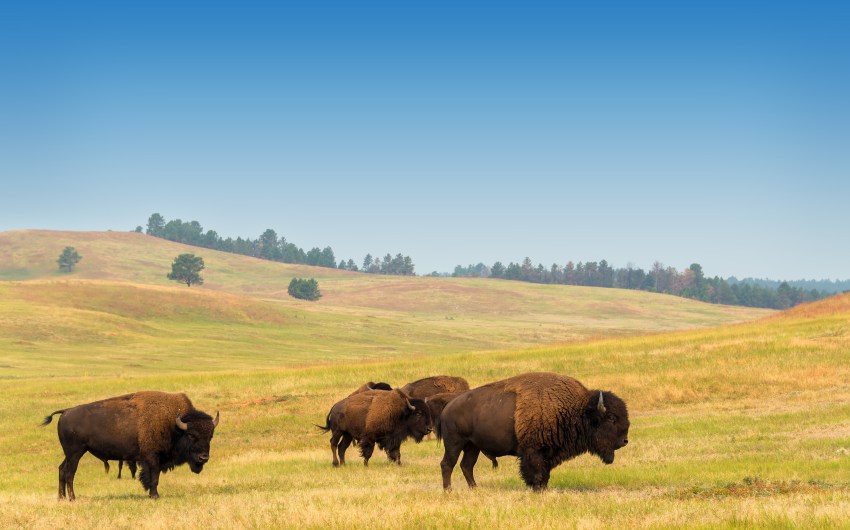




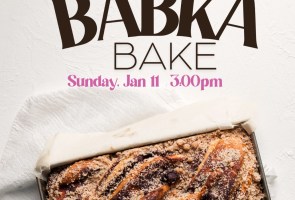



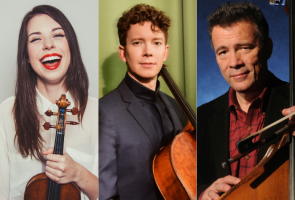

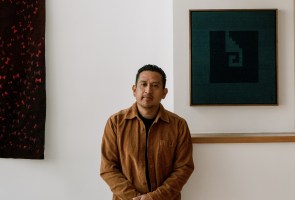

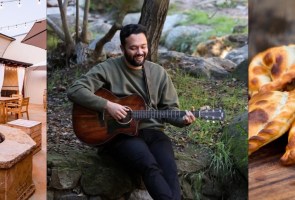
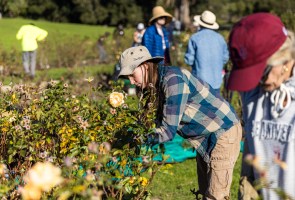


You must be logged in to post a comment.